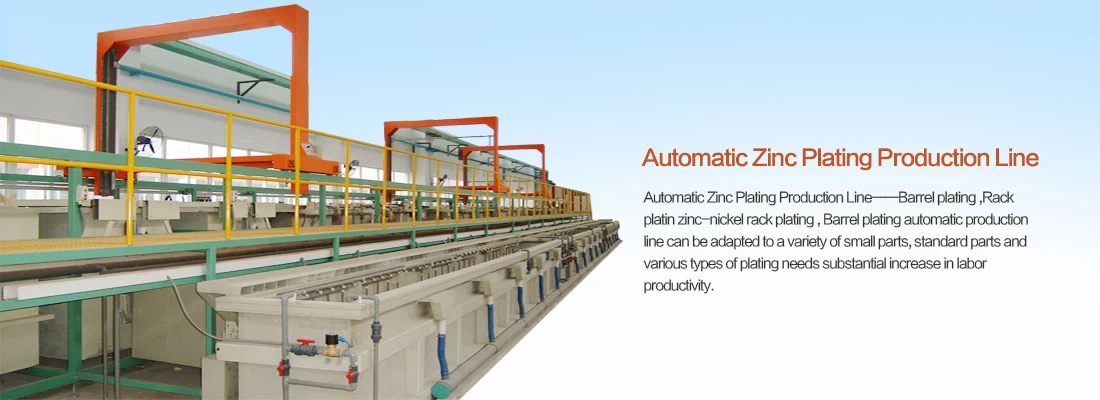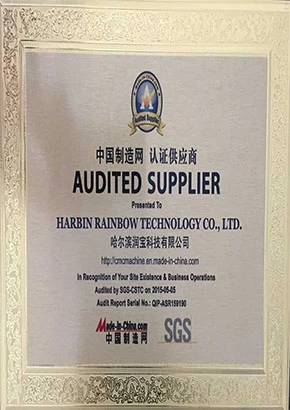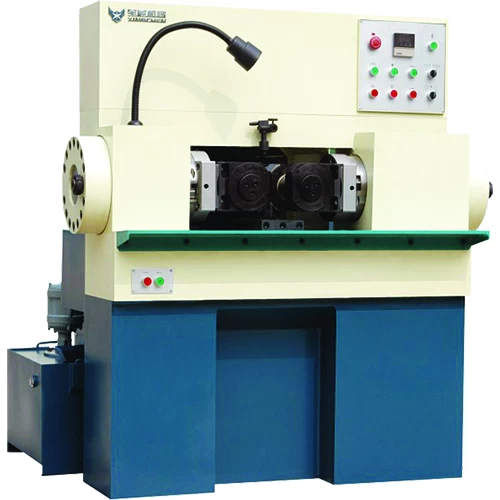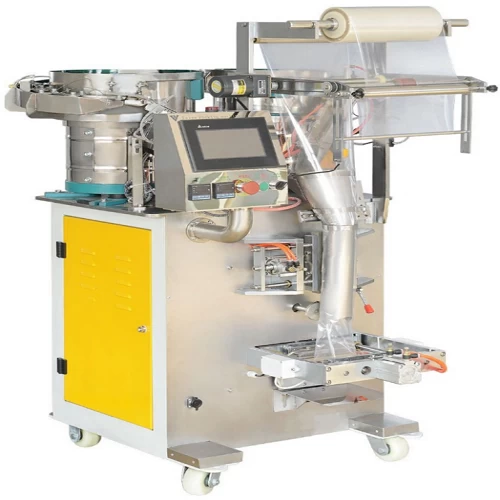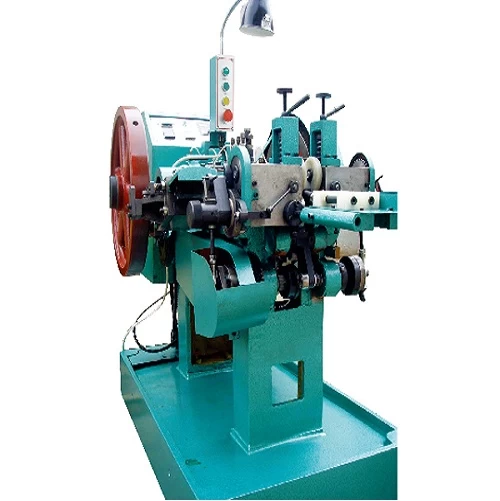Hot-dip galvanized
Hot-dip galvanizing is to react the molten metal with the iron matrix to produce an alloy layer, so that the matrix and the coating are combined. In order to remove the iron oxide on the surface of the steel parts, after pickling, it is cleaned by ammonium chloride or zinc chloride aqueous solution or ammonium chloride and zinc chloride mixed aqueous solution tank, and then sent to the hot-dip plating tank. Hot-dip galvanizing has the advantages of uniform coating, strong adhesion and long service life.
Briefly
The most widely used steel materials in the industry will have varying degrees of corrosion when used in environments such as atmosphere, seawater, soil and building materials. According to statistics, the world's annual loss of steel material due to corrosion can account for about 1/3 of its total production. In order to ensure the normal use of steel products and extend their service life, the anti-corrosion protection technology of steel has been widely paid attention to.
Hot-dip galvanizing is one of the most effective means to delay the environmental corrosion of steel materials, it is to immerse the surface of the cleaned, activated steel products in molten zinc liquid, through the reaction and diffusion between iron and zinc, on the surface of steel products coated with zinc alloy coating with good adhesion. Compared with other metal protection methods, the hot-dip galvanizing process has incomparable advantages in the protective characteristics of the combination of physical barrier and electrochemical protection of the coating, the bonding strength of the coating and the matrix, the compactness, durability, maintenance-free and economic of the coating, and its adaptability to the shape and size of the product. At present, hot-dip galvanized products mainly include steel plates, steel strips, steel wires, steel pipes, etc., of which hot-dip galvanized steel sheets account for the largest proportion. For a long time, the hot-dip galvanizing process has been favored by people because of its low plating cost, excellent protection characteristics and beautiful appearance, and is widely used in automobiles, construction, home appliances, chemicals, machinery, petroleum, metallurgy, light industry, transportation, electric power, aviation and marine engineering and other fields.
Introduction to the process
The principle of hot dipped galvanizing is simply to immerse the cleaned iron parts in a zinc bath through the wetting action of the plating agent, so that the steel reacts with molten zinc to form an alloyed film. A good hot-dip galvanizing operation should be when each process is under strict control and fully exerts the function of the process. And if the previous process is not operated well, it will cause a chain reaction of the subsequent process, which will greatly increase the operating cost or cause bad hot-dip galvanized products. If the pretreatment is poor, the molten zinc cannot react normally and completely with the steel to form the most perfect galvanized film structure. If the post-treatment is poor, it will destroy the appearance of the galvanized film and reduce the value of the goods.
Merit
1. The entire steel surface is protected, whether it is inside the pipe fittings in the depression, or in any corner where other coatings are difficult to enter, the molten zinc is easily and evenly covered.
2. The hardness value of the galvanized layer is greater than that of steel. The uppermost Eta layer has only 70 DPN hardness, so it is easy to be dented by collision, but the lower Zeta layer and delta layer have 179 and 211 DPN hardness values respectively than the 159 DPN hardness value of iron, so its impact resistance and wear resistance are quite good.
3. In the corner area, the zinc layer is often thicker than other places, and has good toughness and wear resistance. Other coatings at this corner are often the thinnest, most difficult to apply, and most vulnerable, so they often have to be maintained.
4. Even if due to great mechanical injury or other reasons. As a result, a small part of the zinc layer falls off, leaving the iron base exposed, and the surrounding zinc layer will perform the function of sacrificing the anode to protect the steel from erosion. On the contrary, on the other hand, rust builds up immediately and spreads rapidly underneath the coating, causing the coating to peel off.
5. The consumption of zinc layer in the atmosphere is very slow, about 1/17 to 1/18 of the corrosion rate of steel, and is predictable. Its outlife far exceeds that of any other coating.
6. Plating life in a specific environment, mainly depends on the thickness of the plating. The thickness of the plating is determined by the thickness of the steel, that is, the thicker the steel, the thicker the plating, so the thicker steel parts in the same steel structure must also get a thicker plating to ensure a longer life.
7. Due to beauty, art, or in a specific severe corrosive environment use, the galvanized layer can be reapplied to the above paint treatment duplex system, as long as the paint system is selected correctly, the construction is easy, its anti-corrosion effect is better than the life of lacquer and hot dip zinc alone is 1.5~2.5 times.
8. Use zinc layer to protect steel, in addition to hot-dip galvanizing method, there are several other methods, generally the most widely used, the best anti-corrosion effect and the best economic benefits, for hot-dip galvanizing method.
Criteria and Causes
Adhesion amount
Corrosion resistance is mainly determined by the thickness of the galvanized layer, so measuring the thickness is often the main basis for judging the quality of galvanizing, the galvanized layer is affected by the composition, structure, structure of the steel surface and different reactions, and the angle and speed of the zinc solution also have a great influence. Therefore, it is practically impossible to predict a completely uniform coating thickness. Therefore, the measurement of adhesion can never be judged by a single point (part), and it is necessary to measure its average adhesion zinc weight (g) per unit area (㎡) to be meaningful. There are many methods to measure the adhesion amount, such as destructive slice metallographic observation method, pickling method, non-destructive film thickness meter method, electrochemical method, and estimation method of weight difference between incoming and outgoing goods. Generally, the film thickness gauge method and pickling method are commonly used.
Film thickness gauge is a most common and trouble-free method for measuring zinc layer thickness using magnetic field induction, and its basic condition is that the steel surface must be smooth and complete to obtain more accurate figures. Therefore, it is unlikely that an accurate number will be obtained at the corners of the steel or rough, angled steel or castings. Ordinary iron parts use raw iron angelica zero substrate, and fairly accurate numbers can be obtained, and castings are absolutely inaccurate.
The pickling method is the most accurate method for the official inspection report, but the fair trade-off between the upper and lower parts must be paid attention to when sectioning, so as to obtain accurate figures. However, it also has disadvantages, such as time-consuming, complex steel area is not easy to obtain, too large pieces can not be pickled whole. Therefore, it is enough to make full use of the film thickness meter to control the on-site process, and to use the pickling method to do the final test. [1]
Homogeneity
The most rust-prone part of hot-dip galvanized steel is still the thinnest part of the zinc layer, so it is necessary to test whether the thinnest part meets the standard.
The homogeneity test method is generally tested with copper sulfate, but this method is very problematic for the zinc coating film test composed of zinc layer and alloy layer. This is due to the different dissolution rates of zinc layer and alloy layer in copper sulfate test solution, and the alloy layer is also different due to the difference in zinc/iron ratio. Therefore, it is not very reasonable to judge uniformity by the number of repetitions of a certain maceration time.
Therefore, in recent European and American specifications and JIS, there is a tendency to abolish this test method, replace uniformity with distribution, focus on visual or tactile aspects, and check the distribution status with a film thickness meter when necessary. And small components with complex shapes are not easy to measure area, and it is not easy to obtain the average film thickness, and sometimes it is necessary to use the copper sulfate test method as a reference, but the copper sulfate test must not replace the purpose of adhesion measurement. [1]
Solidity
The so-called solidity is the tightness of the galvanized layer and steel, which mainly requires that the galvanized components have the nature of not stripping in the finishing, transportation, storage and use, and the general inspection methods include hammering method, squeezing method, coiling method, etc.
The hammering method is to hit the test piece with a hammer to check the condition of the coated film surface. Fix the test piece, so as not to be equal and horizontal due to the hammer support table, the hammer is centered on the support table, so that the vertical position of the shank weight falls naturally, and hit 5 points in parallel at 4mm intervals to observe whether the epithelium peels off to judge. However, if the distance is within 10 mm of the angle or end, this test shall not be performed, and the same place shall not be hit more than 2 times, etc. This method is the most common and is suitable for zinc, aluminum and other film strength tests. Others such as the squeeze method and the roll attachment method are generally rarely used, so they will not be mentioned for the time being.
Ordinary people often have a misconception, often in order to facilitate the measurement of solidity, take two galvanized steel, tap each other with the corners, and observe the peeling of the corners to judge. If there are just a few thicker zinc grains in the corners. If it is not handled well in the operation, the thick zinc grains will definitely peel off when you tap hard. Therefore, this method cannot be used to determine the adhesion between the normal galvanized film and the iron base.
Adhesion, uniformity and solidity, that is, the items that define the quality inspection of hot-dip galvanizing for general specifications. It is also the standard for general formal inspection reports. Relevant specifications.



